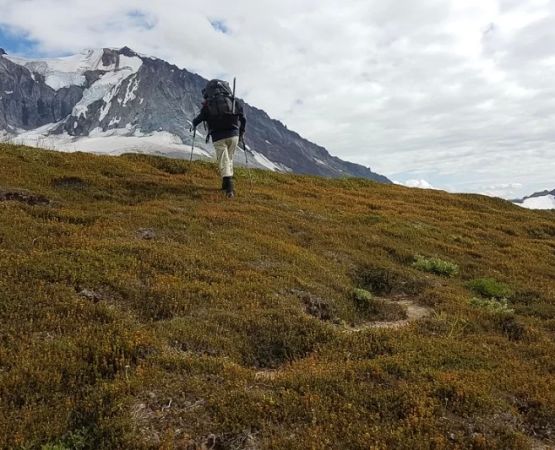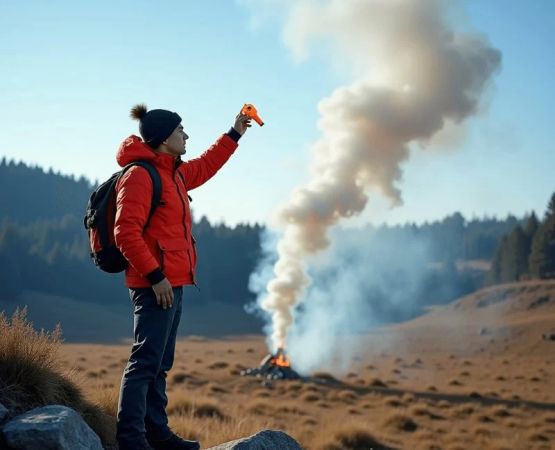1. The Appeal of Nature Walks Near Camping Grounds
Nature walks near popular camping grounds offer campers an enriching way to connect with the environment. These walks provide peaceful escapes from daily routines, opportunities to observe flora and fauna, and a gentle form of exercise that complements camping activities.
Whether you’re an experienced hiker or a casual stroller, nature walks near campsites open doors to discovering hidden natural gems. These trails often vary in length and difficulty, catering to all fitness levels and allowing for a customizable outdoor adventure.
The accessibility of nature walks from camping grounds enhances the overall camping experience, encouraging visitors to immerse themselves in natural beauty and tranquility.
1.1 The Connection Between Walking and Mindfulness in Nature
Engaging in nature walks cultivates mindfulness, reducing stress and fostering a sense of wellbeing. The sounds, sights, and smells of the natural world deepen the connection to the outdoors and make camping trips truly restorative.
2. Best Birdwatching Practices for Campers
Birdwatching near camping grounds is a popular activity that enriches outdoor adventures. To maximize your birdwatching experience, it’s important to follow ethical practices such as keeping a respectful distance, minimizing noise, and avoiding disturbing nests or habitats.
Bringing binoculars and a bird guidebook or app helps in identifying species and enhances observation. Early mornings and late afternoons are prime times for bird activity, so planning walks during these periods increases chances of sightings.
Maintaining patience and quiet observation allows campers to witness a variety of bird behaviors and species diversity.
2.1 Essential Birdwatching Gear for Camping Trips
A lightweight pair of binoculars, a field notebook, and proper footwear are key tools for birdwatchers who want to explore trails near campsites effectively.
3. Popular Camping Grounds with Accessible Nature Trails
Many renowned camping sites boast well-maintained nature trails that facilitate both walking and birdwatching. For example, parks like Yosemite National Park and Shenandoah National Park offer a network of scenic paths teeming with wildlife.
Local campgrounds adjacent to forests, wetlands, or coastal areas often provide unique ecosystems attracting diverse bird species and other animals.
Researching these camping grounds beforehand helps visitors select locations that match their interests and desired outdoor activities.
3.1 Trail Difficulty and Accessibility Considerations
Understanding trail lengths, elevation changes, and terrain types is crucial for planning safe and enjoyable nature walks from your camping site.
4. Wildlife Diversity and What to Expect
Nature walks near camping grounds often reveal rich wildlife including deer, foxes, rabbits, and countless bird species. Each region has its unique biodiversity, influenced by climate and habitat type.
Campers may spot colorful songbirds, woodpeckers, raptors, or migratory species depending on the season. Learning about local wildlife enhances appreciation and encourages conservation-minded behaviors.
Occasionally, encounters with more elusive or nocturnal animals add excitement but require cautious and respectful observation.
4.1 Seasonal Variations in Wildlife Activity
Spring and fall migrations bring unique birdwatching opportunities, while summer showcases vibrant flora and insect life. Winter walks offer quieter landscapes with tracks and signs of wildlife activity.
5. Tips for Enhancing Your Nature Walks Experience
Preparing for nature walks by wearing appropriate clothing, carrying water, and using insect repellent improves comfort and safety. Staying on marked trails preserves ecosystems and reduces risk of getting lost.
Taking a camera or sketchbook allows you to capture moments and deepen engagement with the environment. Joining guided walks or workshops near camping grounds provides expert insights and improves bird identification skills.
Sharing experiences with fellow campers fosters community and encourages ongoing outdoor exploration.
5.1 Mindful Observation and Journaling
Keeping a nature journal encourages reflection and creates a lasting record of your wildlife encounters and personal growth during camping trips.
6. Personal Stories from Nature Enthusiasts
Emma, an avid camper and birdwatcher, shares how early morning nature walks near Pine Cliff Resort introduced her to over 50 bird species she had never seen before. Her story illustrates the thrill of discovery and the peace found in natural surroundings.
Another camper, John, recounts his experience spotting a rare hawk species while hiking a trail adjacent to a popular camping ground, emphasizing patience and attentiveness as keys to successful birdwatching.
These stories inspire newcomers to embrace nature walks and birdwatching as essential parts of the camping experience.
7. Finding Gear and Guidance at Pine Cliff Resort
Pine Cliff Resort offers campers access to quality gear rentals such as binoculars and field guides, as well as expert-led nature walks that focus on birdwatching and local ecology. Their knowledgeable staff provides personalized advice to enhance every visitor’s outdoor adventure.
Whether you’re a beginner or seasoned nature enthusiast, Pine Cliff Resort’s resources ensure you’re well-equipped to explore the natural beauty surrounding popular camping grounds.







